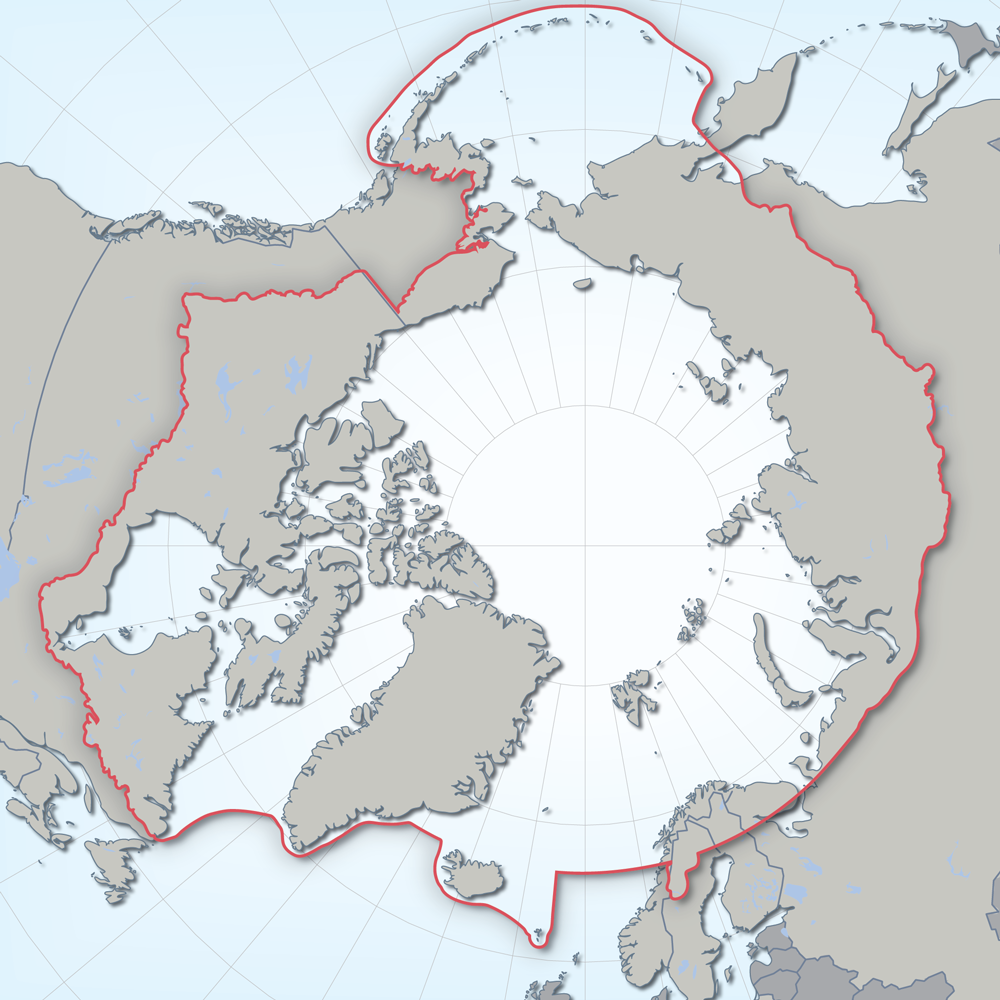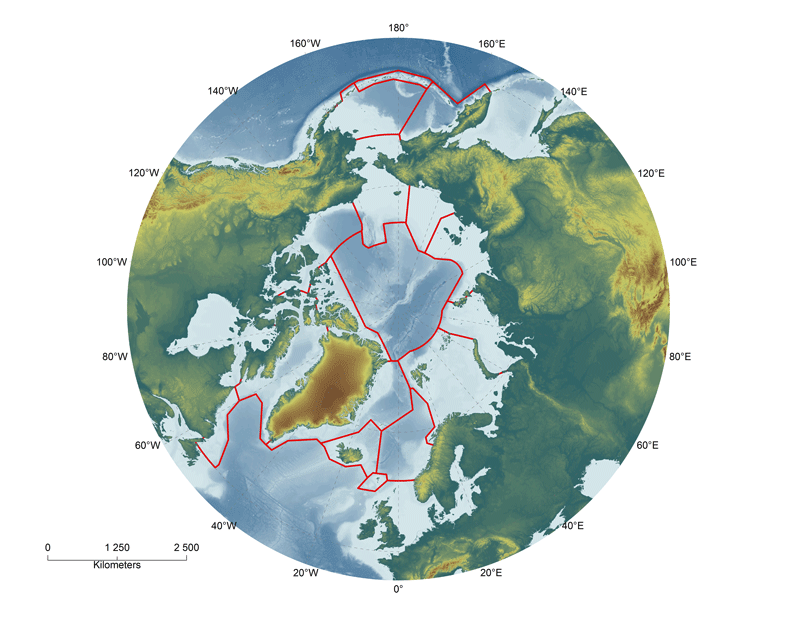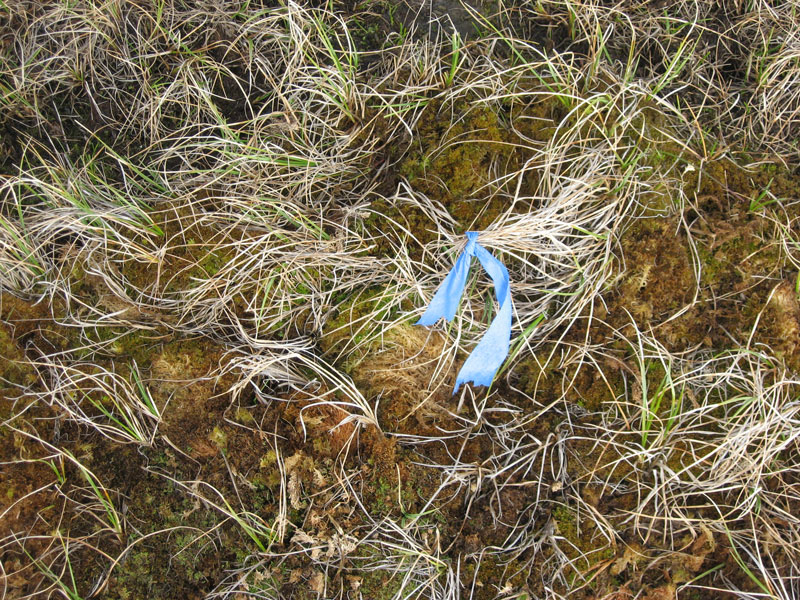notPlanned
Type of resources
Available actions
Topics
Keywords
Contact for the resource
Provided by
Years
Formats
Representation types
Update frequencies
status
Scale
-

Defines the area covered by the the Conservation of Arctic Flora and Fauna (CAFF) working group of the Arctic Council. Each Arctic Council country was responsible for defining their Arctic boundary.
-

A total of 95 areas of heightened ecological significance have been identified within the Arctic LMEs. The areas were identified primarily on the basis of their ecological importance to fish, birds and/or mammals, as these species are the most widely studied Arctic groups. The majority of areas identified are used by birds (85) and marine mammals (81), with a lower number used by fish (40, most of them spawning areas). About 70 areas are used both by birds and mammals, and only two of the areas identified are used only by fish.The areas of heightened ecological significance comprise a total area of about 12 million km2, or more than half the total area of the ice-covered part of the marine Arctic. The areas are generally not homogenous but comprise subareas used by fish, birds or mammals. Based on the approach used, subareas were identified separately for fish, birds, and mammals, or information on the use of the larger areas by these groupswas summarized. The subareas often overlap and are also often used by two or more species of birds or mammals, such as for breeding in seabird colonies or for staging by waterfowl and shorebirds. Information on species present and the times and purposes of use are given in summary tables for each LME. Thus, while the areas identified as being of heightened ecological significance cover a large total area, this is the aggregate area used over all seasons throughout the year. The area used at any one time is lower due to the strong seasonal pattern in the annual migratory cycles of fish, birds and mammals.
-

Bird and distance transect biodiversity GRID data from Barrow, Alaska-
 CAFF - Arctic Biodiversity Data Service (ABDS)
CAFF - Arctic Biodiversity Data Service (ABDS)